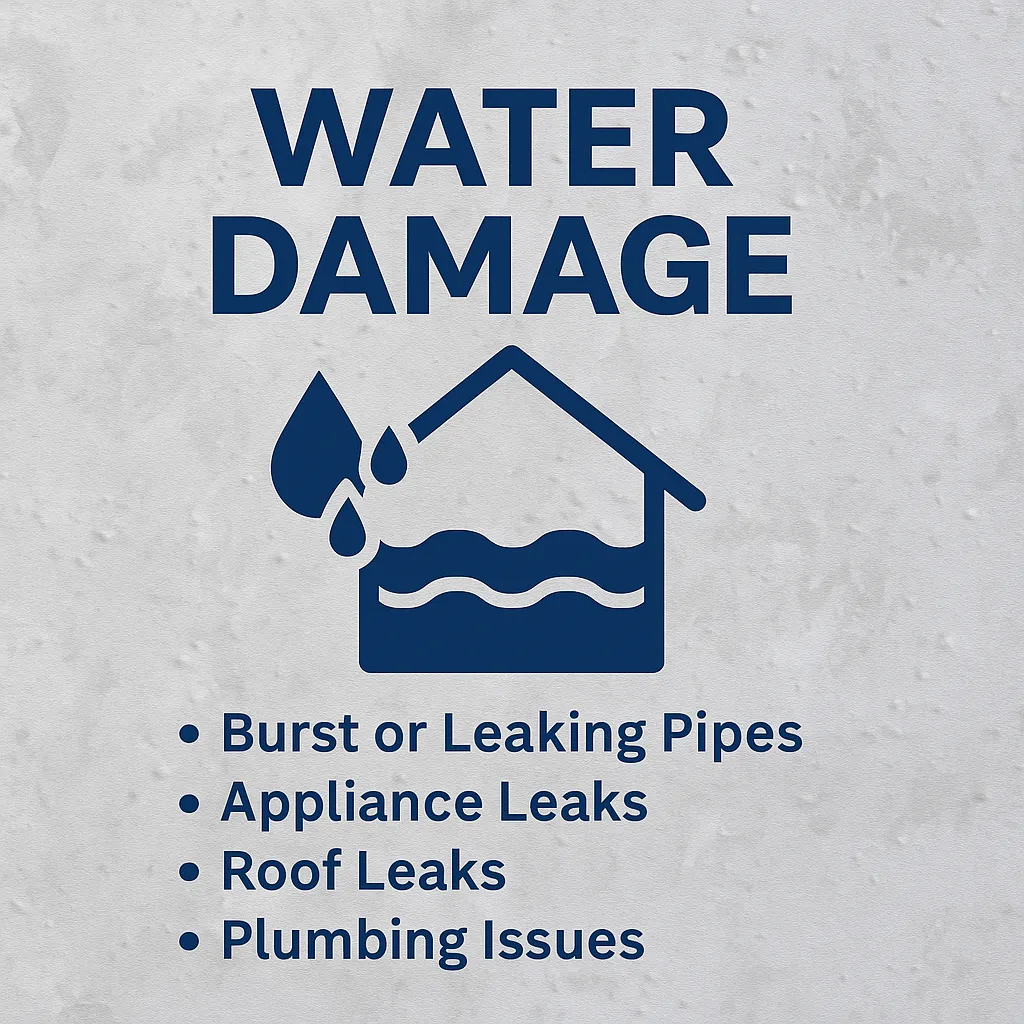
Commercial Property Water Damage: Costs and Recovery Tips
Water damage can be a costly and disruptive issue for commercial properties. From damaged inventory to structural repairs, the financial impact can be significant. Understanding the costs involved and implementing effective recovery strategies is essential for business continuity. Here’s a comprehensive guide to managing commercial water damage, estimating costs, and ensuring a successful recovery.
1. Understanding the Causes of Commercial Water Damage
Plumbing Failures: Leaking pipes, burst water lines, and malfunctioning plumbing fixtures can quickly cause extensive damage.
Roof Leaks: Poor roofing maintenance or severe weather can lead to water infiltration.
HVAC Issues: Faulty HVAC systems can cause condensation buildup, leading to moisture problems.
Natural Disasters: Floods, storms, and heavy rainfall can overwhelm drainage systems, resulting in water intrusion.
2. Immediate Steps to Minimize Damage
Ensure Safety: Evacuate the premises if necessary and ensure all electrical systems are turned off.
Stop the Source: Identify and stop the source of water to prevent further damage.
Remove Excess Water: Use pumps, wet vacuums, and mops to remove standing water.
Ventilate the Area: Increase airflow using fans and dehumidifiers to reduce moisture levels.
3. Estimating the Costs of Commercial Water Damage
Structural Repairs: Repairing walls, floors, ceilings, and other structural elements can be costly, depending on the extent of the damage.
Inventory and Equipment: Water-damaged inventory, electronics, and equipment may require replacement or restoration.
Business Interruption: Temporary closures can result in lost revenue, adding to the overall financial impact.
Professional Services: Hiring water damage restoration professionals ensures proper cleanup, drying, and mold prevention.
4. The Water Damage Recovery Process
Inspection and Assessment: Professionals assess the extent of the damage and develop a restoration plan.
Water Extraction: Using industrial pumps and vacuums, excess water is quickly removed from the property.
Drying and Dehumidification: High-powered fans and dehumidifiers accelerate drying to prevent mold growth.
Cleaning and Sanitizing: Surfaces, furniture, and equipment are cleaned and disinfected to remove contaminants.
Restoration and Repairs: Damaged structures and items are repaired or replaced, restoring the property to its pre-loss condition.
5. Working with Insurance for Water Damage Claims
Document the Damage: Take photos and videos of all affected areas and items.
Contact Your Insurance Provider: Notify your insurer as soon as possible to initiate the claims process.
Keep Detailed Records: Maintain receipts, invoices, and repair estimates for reimbursement.
Coordinate with Restoration Professionals: Ensure that restoration work aligns with your insurance coverage and claim requirements.
6. Preventing Future Water Damage in Commercial Properties
Regular Maintenance: Inspect plumbing, roofing, and HVAC systems regularly to identify and address potential issues.
Install Water Sensors: Use water detection devices to identify leaks before they cause significant damage.
Ensure Proper Drainage: Maintain gutters, downspouts, and drainage systems to prevent water buildup.
Develop an Emergency Plan: Create a water damage response plan that includes emergency contacts and procedures.
7. Choosing a Professional Water Damage Restoration Service
Experience and Certification: Select a company with expertise in commercial water damage restoration and industry certifications.
24/7 Emergency Response: Choose a service provider that offers round-the-clock emergency assistance.
Comprehensive Services: Ensure the company provides water extraction, drying, cleaning, and structural repairs.
Conclusion
Commercial water damage can have serious financial and operational consequences. By understanding the costs involved and following effective recovery steps, businesses can minimize downtime and restore their property quickly. For businesses in St. Louis, partnering with a reliable water damage restoration company ensures professional service and long-term protection against future incidents.